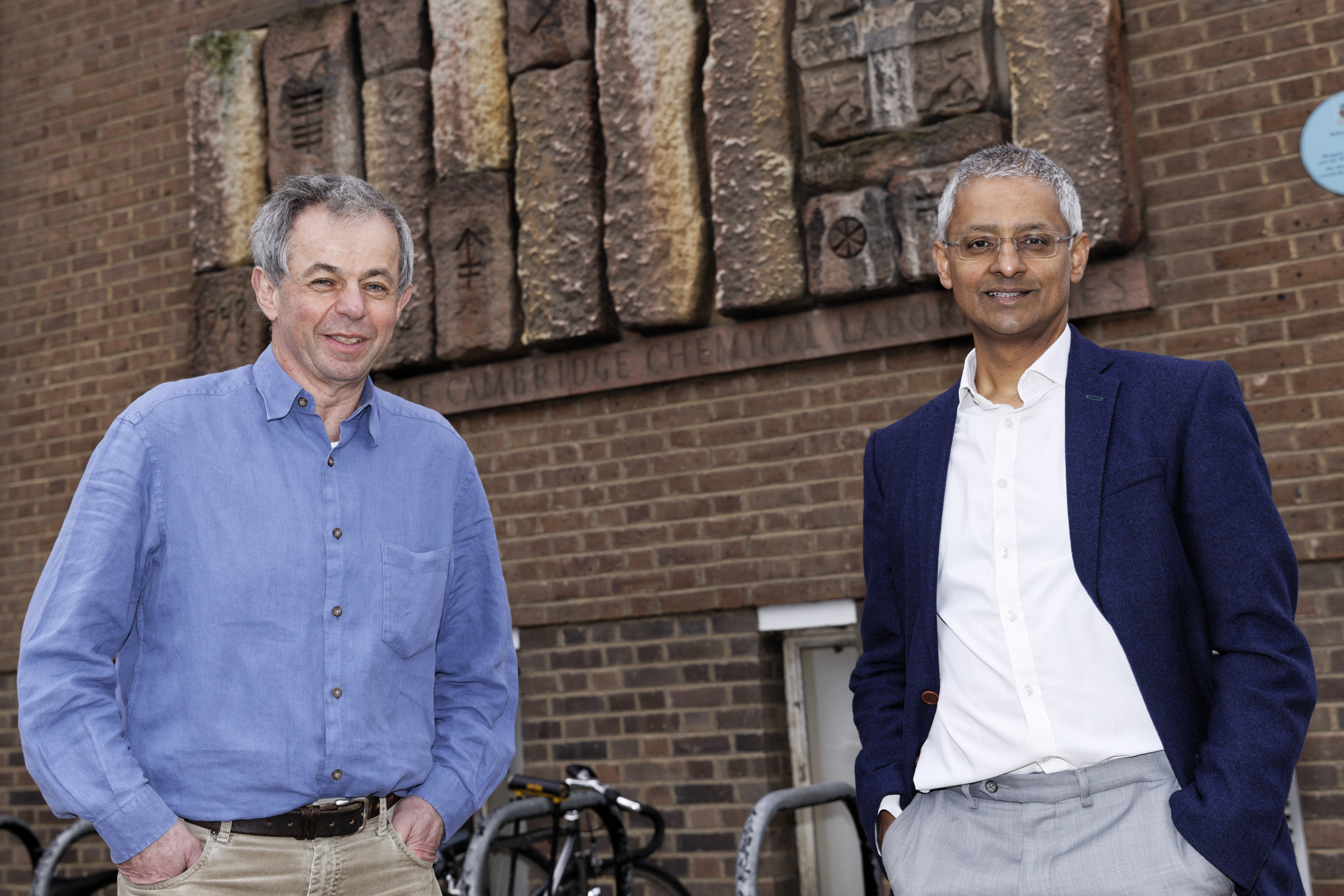“It’s not the size that matters, it’s what you do with it that counts!” Turns out that the first statement very much does matter when it comes to cell free DNA. It is becoming clearer that the size of cfDNA and ctDNA is information that can be used by researchers. This week PNAS features two early papers from Dennis Lo’s group; the first reports on the differential fragmentation of cfDNA in maternal blood, the second on the difference in size of EBV cfDNA fragments in healthy vs diseased patients (nasopharyngeal carcinoma). So if “size matters” then what to do with this information? One “simple” modification to protocols is to select the shorter fragments found in ctDNA; and that is exactly what Florent Mouliere in the Rosenfeld group has described on BioRxiv: Selecting Short DNA Fragments In Plasma Improves Detection Of Circulating Tumour DNA.
Lo’s maternal cfDNA paper: The paper reveals insights into the mechanisms of cfDNA fragmentation. They paper reports how foetal cfDNA is fragmented with the ends in the nucleosome core, while maternal cfDNA fragment ends are located in the linker region. They describe how using this information can improve the performance of T21 NIPT, and suggest that capture methods for foetal fragments may be an option (enrich for the nucleosome core ends).
Lo’s EBV cfDNA paper: The second paper also reveals insights into the mechanisms of cfDNA fragmentation. This time they show how EBV fragment length is longer in patients with nasopharyngeal carcinoma than in healthy individuals, and there is a higher EBV cfDNA titre. They used this finding to develop a nasopharyngeal carcinoma screening test that could be used “on a population scale”. This is something many people will be following up in other disease areas as cfDNA screening for cancer, and other diseases, is a “holy grail”.
Florent’s ctDNA paper: Florent has been looking into whether enrichment of ctDNA by size-selection can increase mutant allele fraction. The results reported show up to an 11-fold increase in MAF, which is likely to have a significant impact on the sensitivity of patient monitoring, and similar, tests. In his previous lab Florent had shown that tumour derived cell free DNA is mire highly fragmented than normal cfDNA (see Fig 5 from the paper below).









Leave A Comment